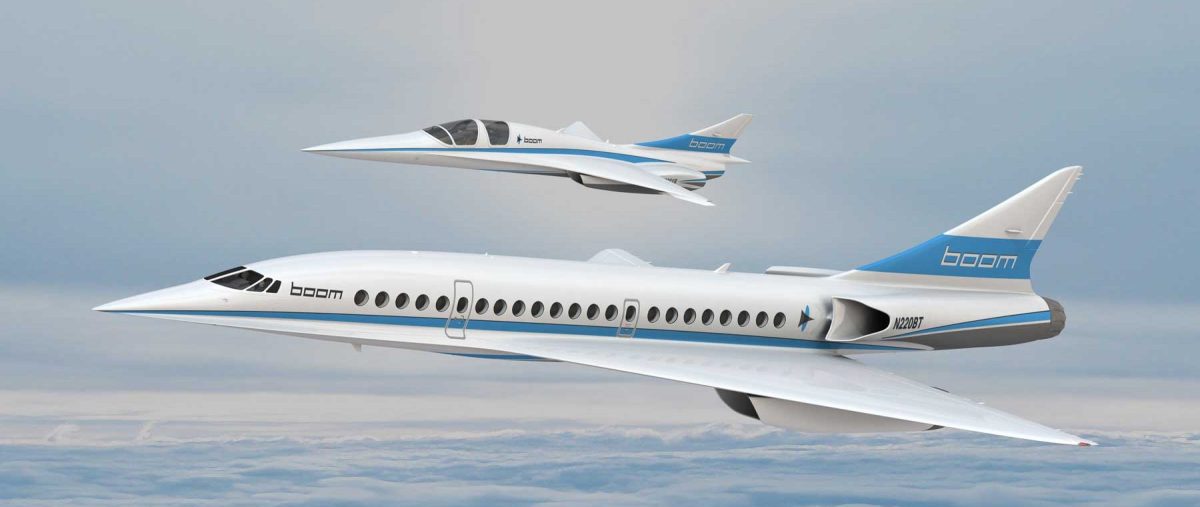Since the retirement of the Concorde SST 15 years ago, supersonic travel has remained an elusive dream for global travelers. But now, thanks to NASA and a group of private, aeronautics startups, interest in high-speed commercial aviation is making a comeback, according to CNN. Boom Technology, one of the major players in the field, has raised $85 million in funding from seed investors and strategic partners like Virgin Atlantic Airways. The Denver-based startup has also found support in Asia. Japan Airlines reportedly invested $10 million in December to pre-order 20 of the company’s planned 55-seat airliners, which are slated for a 2023 debut.
Boom has publicly announced plans to fly its XB-1, a two-seat demonstration aircraft, in 2019 as proof of concept, reports CNN. If all goes according to plan, the company will try to build a fleet of supersonic commercial jets that fly at Mach 2.2, which equates to 1,451 mph, more than double the speed of sound. At that speed, a flight between Los Angeles and Shanghai would only take five to six hours, as compared to 12 hours on a standard commercial airliner.
Thanks for reading InsideHook. Sign up for our daily newsletter and be in the know.


















